Melamine Safety: Understanding Risks and Uses
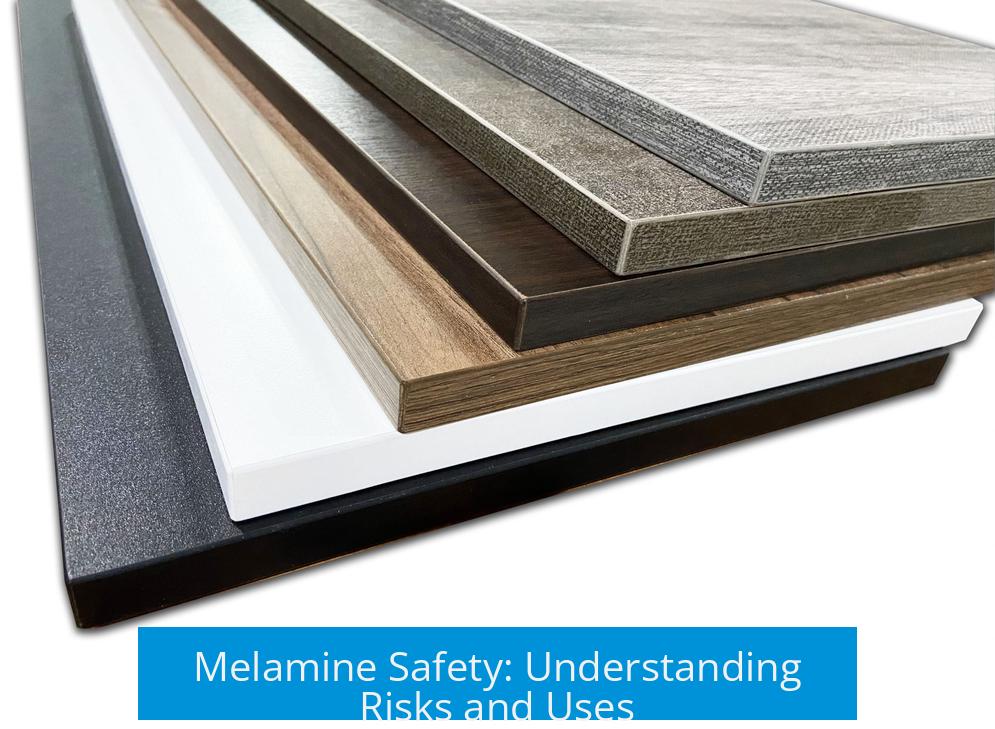
Melamine safety depends on its form. The melamine monomer, a small molecule, is toxic especially when ingested in large amounts. In contrast, melamine polymer or resin used in dinnerware is considered safe because the melamine is chemically bound and does not leach into food.
Melamine Monomer Toxicity
Melamine, as a small unbound molecule, poses significant health risks if consumed over time. It gained notoriety when used to adulterate infant formula in China, causing kidney damage and stones. High intake of melamine results in crystal formation in kidneys, leading to kidney failure. Documented cases show kidney disease and fatalities linked to melamine consumption during infancy.
The toxicity arises from melamine’s nitrogen content, which falsely inflates perceived protein levels when analyzed chemically. Consuming gram quantities repeatedly is hazardous, as melamine is excreted by the kidneys but can crystallize and obstruct renal function over time.
Melamine Polymer Safety
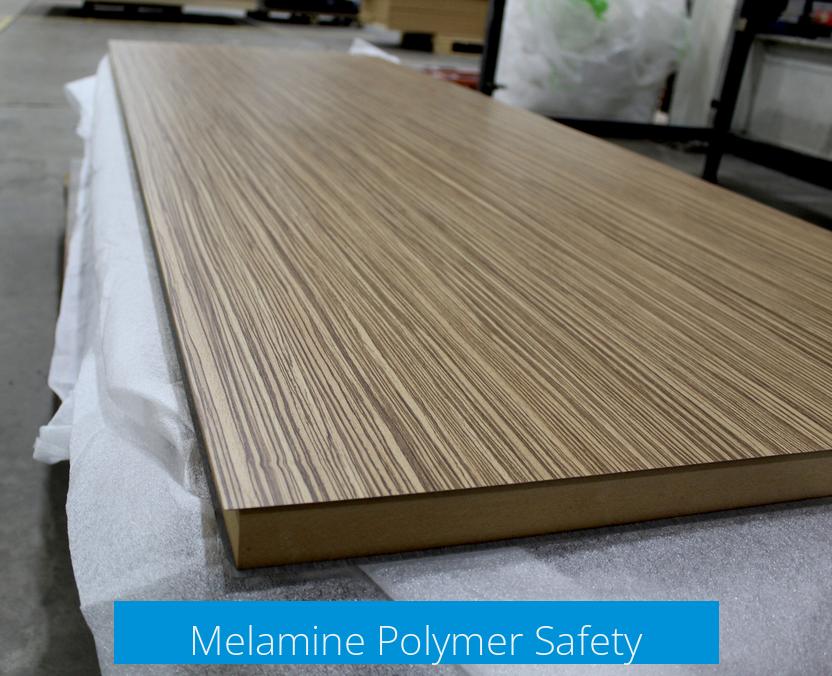
Melamine used in kitchenware exists mainly as melamine-formaldehyde resin, a highly crosslinked polymer. This polymer form traps melamine within its structure, preventing its release into food or drinks. This safety mechanism is similar to how ethylene glycol (toxic) differs from polyethylene glycol (safe polymer).
Melamine resin dinnerware, including plates and trays, does not contain free melamine. Extensive use for decades confirms that melamine does not leach out, making it safe for everyday serving of food. These products have a long lifespan but do degrade over extended microwave exposure or mechanical wear.
Use of Melamine in Food Adulteration and Risks
- Food Adulteration: Deliberate addition of melamine to food such as pet food and infant formula has occurred to boost nitrogen content and mistaken protein levels. This fraudulent practice was notably reported in China during the mid-2000s.
- Health Consequences: Affected individuals showed kidney stones and renal damage. More than 294,000 children were affected by contaminated melamine infant formula, with some fatalities reported.
- Chemical Detection Limitations: Standard protein assays measure nitrogen but cannot distinguish it from melamine’s nitrogen, leading to fraudulent elevation of protein values.
Safety Considerations for Melamine Dinnerware
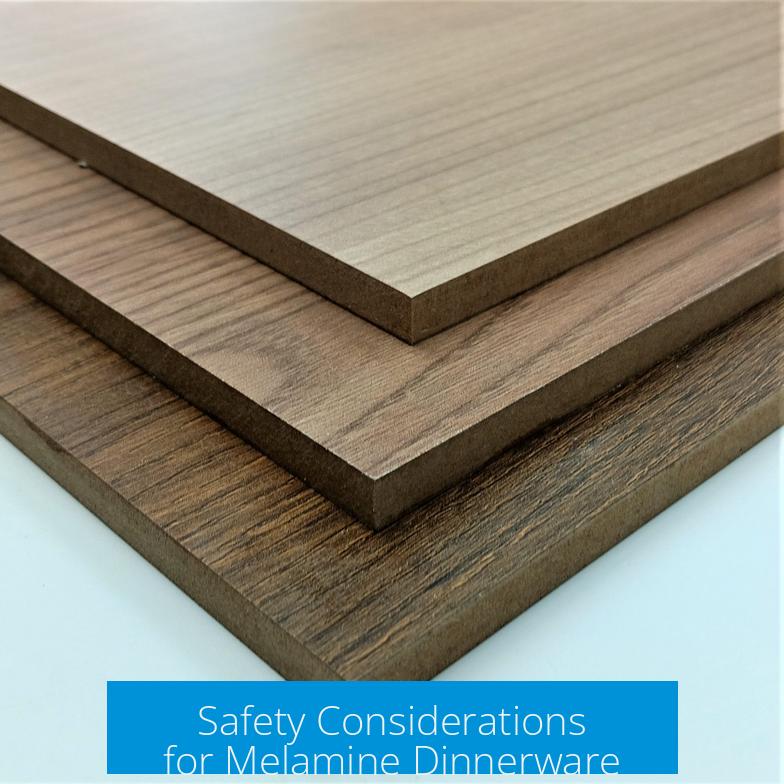
Melamine resin tableware receives regulatory approval because of its chemical stability. The U.S. Food and Drug Administration (FDA) supports its use for serving food but cautions against heating acidic foods in melamine dishes or microwaving them. Acidic foods and high heat can cause minimal melamine migration, but at very low levels.
| Aspect | Details |
|---|---|
| Material Type | Melamine polymer resin (crosslinked) |
| Leaching Risk | Negligible under normal use; increases with heating acidic foods |
| Microwave Safety | Not recommended; can damage resin and increase leaching potential |
| Longevity | Decades with proper use; degrades with repeated microwave exposure |
| Exceptions | Bamboo-melamine composites may leak if uncured |
FDA Regulatory Position
The FDA classifies melamine as safe for food contact in resinized tableware but not for microwave use. Its risk assessments incorporate studies of melamine toxicity in humans and animals. Regulatory guidelines emphasize avoiding heating acidic foods and microwaving melamine dishes.
Health Risks from Exposure
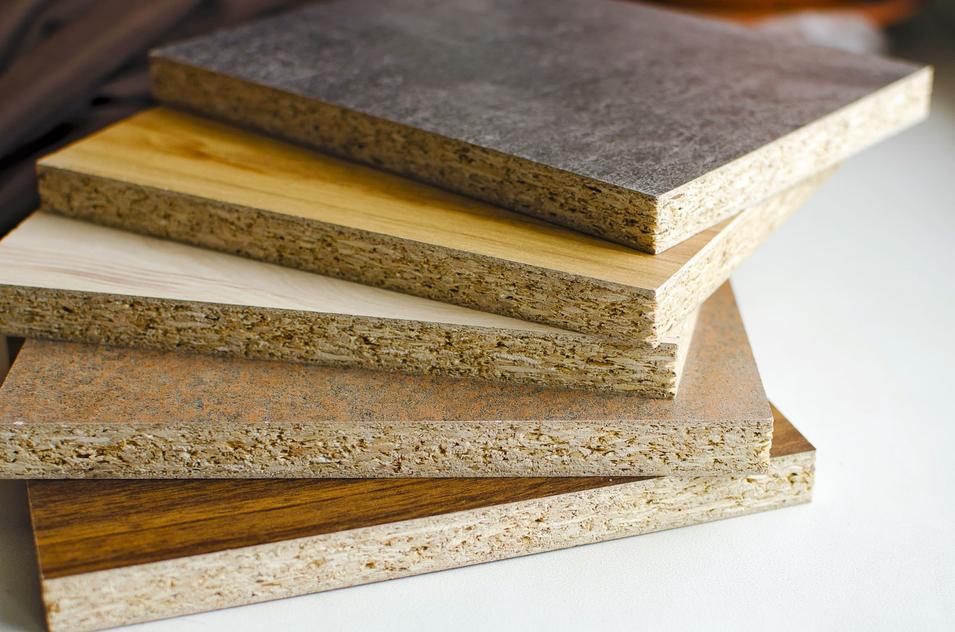
Two major contamination events raised public health alarms. In 2007, pet food contamination caused widespread pet deaths. In 2008, infant formula adulterated with melamine resulted in serious health effects, including deaths in children.
Chronic low-level exposure effects remain incompletely understood, but evidence shows an increased risk of melamine-containing kidney stones even below WHO safety limits. A 2013 study detected melamine in urine after consumption of food served in melamine bowls, highlighting possible exposure during eating.
Reported melamine poisoning symptoms include irritability, blood in urine, reduced urine output, signs of kidney infection, and high blood pressure.
Alternatives to Melamine
For users concerned about melamine exposure, alternatives exist:
- Ceramic or glass tableware offers chemical stability and microwave safety.
- Plastic containers documented as microwave-safe provide a melamine-free option.
- Non-melamine composites or natural materials may avoid leaching risks seen with bamboo melamine blends.
User Experiences and Practical Recommendations
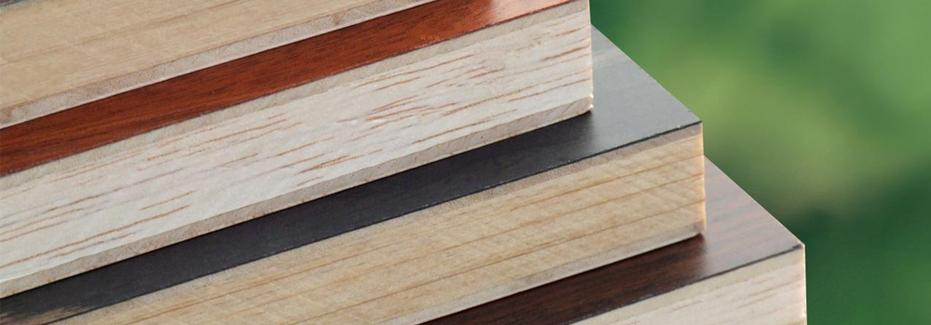
Many people use melamine dinnerware daily without issues, provided heating is avoided. Some retirees prefer to replace old melamine sets after many years of use. Careful food handling avoids melamine migration risks.
- Use melamine bowls and plates only for serving, not for reheating food inside microwaves.
- Boil noodles separately and then serve in a melamine bowl if preferred.
- Avoid putting hot acidic food in melamine containers for extended periods.
Key Takeaways
- Melamine monomer is toxic and harmful when ingested in large quantities over time.
- Polymerized melamine resin used in dinnerware is chemically stable and generally safe for food contact.
- The FDA advises against microwaving melamine dishes and heating acidic foods in them.
- Historical contamination of food products with melamine caused serious kidney problems and fatalities.
- Alternatives such as glass, ceramic, and microwave-safe plastics provide safer options.
- Careful use of melamine dinnerware—serving but not heating—minimizes risks.
Melamine Safety: Separating Fact from Fiction with a Dash of Humor
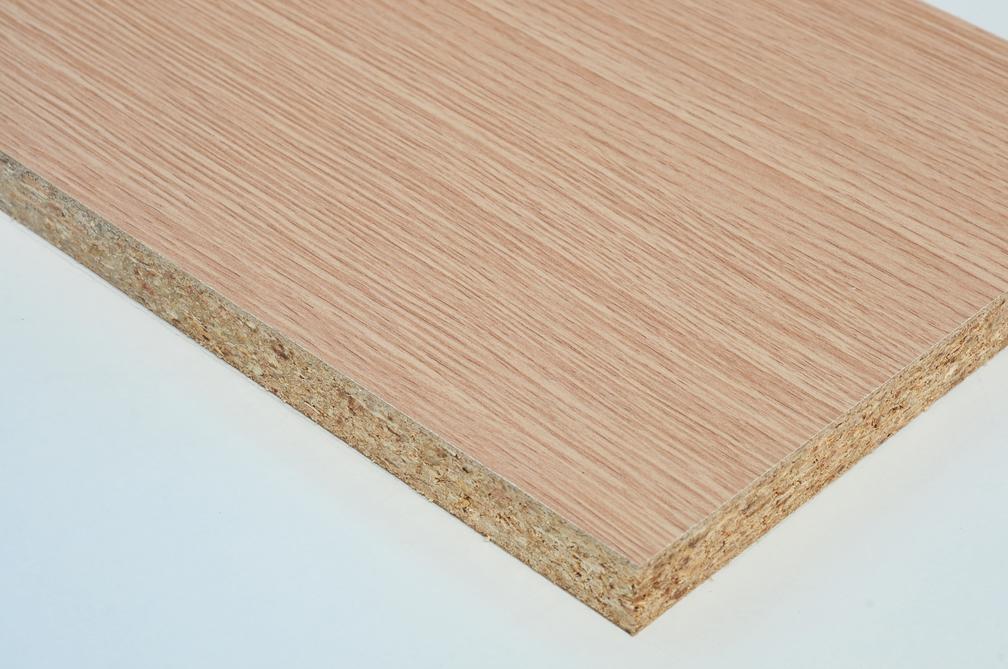
So, is melamine safe? The short answer: Yes, with some important exceptions. But let’s not stop there—this colorful chemical’s story is far from boring! From toxic scandals to dinnerware on your table, melamine safety is a topic that demands a clear, fact-packed, and mildly amusing explanation. Pull up a chair—preferably not one made of melamine resin heated in a microwave—and let’s dig in.
What Is Melamine, Anyway?
Melamine is a chemical, but not the kind you picture doodled on a science test. It’s a small molecule often used in manufacturing — especially in creating durable plastics like melamine resin. This resin forms hard, heat-resistant items, from those colorful plates you might have inherited from the ’70s to laminate countertops.
The first bit of confusion arises here: melamine in its raw form (the monomer) is a tiny molecule. But when it’s heated and crosslinked into melamine resin (the polymer), things change dramatically. Think of it like uncooked dough versus a baked cookie—one can make a mess if raw, but once baked, it’s stable and safe.
Toxicity of Melamine Monomer vs Polymer
Now, here’s the kicker—melamine monomer (the raw chemical) can be toxic. It gained infamy when unscrupulous businesses in China added it illegally to baby formula and pet food. Why? Because it tricks protein test assays due to its high nitrogen content. Protein tests often measure nitrogen to estimate protein, and melamine’s nitrogen throws the results off. Sneaky, right?
Eating grams of raw melamine over time can lead to kidney stones and eventual kidney failure, a grim reality evidenced by tragic outcomes. In fact, a close friend of a melamine expert suffered fatal kidney failure decades after consuming tainted formula as a child.
However, melamine polymer—the resin your plates are made of—is a different story. The raw melamine is bound within a tough, stable network that does not leach melamine into food. This means your melamine dinnerware is essentially free of dangerous melamine molecules—none escape to harm you.
The Melamine Scandals: When Good Chemistry Goes Bad
The history of melamine safety took a turn into the dark side when several scandals emerged over the past two decades. In 2007, over 1,000 pets died after consuming melamine-adulterated pet food from China. The following year, things got worse. Infant formula tainted with melamine affected nearly 300,000 children, causing kidney stones and at least 6 deaths.
Why? Greed and ignorance. By adding cheap melamine, producers faked higher protein levels to meet quality standards, leaving consumers unwittingly exposed. These scandals led to a global shake-up of food regulations and vigilance—as they should.
Melamine Dinnerware: Safe or Not?
Here’s the million-dollar question: Is your melamine plate safe to use? The FDA says yes—with some caveats.
- Melamine resin plates are safe for serving food. The crosslinked polymer doesn’t release melamine into food under normal conditions.
- Don’t microwave melamine dishes. The FDA warns that microwaving melamine resin, especially with acidic or hot foods, may cause some melamine to migrate into your meal.
- Melamine resin products can deteriorate over time—especially if misused in microwaves or dishwasher cycles.
- “Bamboo” melamine dinnerware can leak chemicals if the resin isn’t fully cured, so handle with care.
Long story short: use melamine plates for serving, but stick to microwave-safe glass or ceramic containers for heating. It’s a preservation strategy for your health and your plates.
Practical Tips from Real Life
One melamine enthusiast says they often eat ramen in a melamine bowl—but never microwave it. Instead, the noodles are boiled separately and poured in. That sounds smart! It’s a way to enjoy melamine dinnerware’s lightweight and shatterproof benefits without the risks of heating.
Another story involves old melamine plates from the 1970s finally falling apart after decades of use—especially from repetitive microwave use. The lesson? Even the sturdiest melamine doesn’t last forever.
Some people retire their melamine dishes to use as grape holders or garden trays, effectively giving them a second life away from the dinner table.
What Does Science Say About Melamine Migration?
A 2013 study detected melamine in the urine of people eating hot noodle soup served in melamine bowls. Levels peaked 4-6 hours after the meal. Though the detected amounts were tiny, the study urged caution about long-term, low-level exposure.
But before you panic, remember: The amounts detected were far below the safety thresholds set by regulatory agencies. Still, it’s a reminder not to get too cozy with microwaving melamine.
How Does Acidic Food Affect Melamine Safety?
Acidic foods such as tomatoes or orange juice can encourage melamine to leach out if heated in melamine containers for a long time. Melamine migration in such cases might be measurable—but still extremely low, about 250 times lower than the FDA’s limit for non-infant foods.
So, serving orange juice in a melamine cup is fine—but simmering tomato sauce in a melamine pot for hours? Not advised.
Symptoms of Melamine Poisoning: What to Watch For
Symptoms aren’t exactly “fun,” and they resemble kidney distress:
- Irritability
- Blood in urine
- Little or no urine output
- Signs of kidney infection
- High blood pressure
If any of this sounds familiar after questionable melamine exposure, see a doctor.
Can We Trust Melamine Products? Regulation and Reality
The response from the FDA and EU to melamine adulteration scandals has been strong, tightening rules and improving surveillance. The FDA’s stance is clear: Melamine resin dinnerware is safe if used properly—specifically, avoid microwave misuse.
Still, public perception can be unforgiving. Some warnings are overblown, making perfectly safe melamine dinnerware sound like poison. Others shy away from change unless jolted by a scare. Both attitudes miss the full picture. The truth? It’s all about understanding usage.
Looking Beyond Melamine: Alternatives for the Cautious
If melamine still sounds too “chemical” for your liking, stick to classic choices:
- Ceramic plates—durable and microwave-safe.
- Glass containers—safe, easy to clean, and elegant.
- Microwave-safe plastics—for lightweight, versatile use.
These alternatives avoid melamine migration risks entirely.
Summary: Your Melamine Safety Cheat Sheet
| Aspect | Fact | Advice |
|---|---|---|
| Melamine Monomer | Toxic; can cause kidney stones after chronic high dose exposure. | Never consume raw melamine or contaminated food. |
| Melamine Polymer (Resin) | Stable; does not leach melamine under normal use. | Safe for serving, not for microwaving food. |
| Microwaving | Can cause melamine migration, especially with acidic foods. | Use microwave-safe containers instead. |
| Acidic food on melamine | Minor risk of chemical leaching if heated for a long time. | Serve, don’t heat acidic foods in melamine dishes. |
| Old melamine dinnerware | Degradation over time, especially if microwaved repeatedly. | Retire old items or repurpose them. |
| Alternatives | Ceramic, glass, microwave-safe plastics. | Use for heating food safely. |
Final Thought: Should You Fear Melamine?
Melamine can be scary if you think of it like raw, unbaked cookie dough—dangerous if consumed in large amounts or if misused. But as a baked cookie-lookalike polymerized resin, it’s mostly harmless for everyday use. Just don’t toss your melamine plates into the microwave like a popcorn bag craving instant fame.
Remember that every chemical, from water to tungsten, has its safe and unsafe contexts. Melamine’s nuance is that it’s safe in its bound form, risky in raw or deliberately adulterated foods. Use your melamine dinnerware wisely and enjoy your meals worry-free. And maybe keep a ceramic dish handy when reheating last night’s leftover spaghetti—your kidneys will thank you.
What is the difference between melamine monomer toxicity and melamine polymer safety?
Melamine monomer is toxic when consumed in large amounts. It can cause kidney stones and damage. Melamine polymer, used in dinnerware, is chemically bound and safe. It does not leach melamine into food.
Is it safe to microwave food in melamine dinnerware?
No, microwaving food in melamine dishes is not recommended. Heating acidic foods in them can cause small amounts of melamine to migrate into food. The FDA advises against microwaving melamine dinnerware.
Why was melamine added to baby formula and pet food, and what were the risks?
Some producers added melamine to fake higher protein content. This adulteration led to kidney stones and kidney failure in infants and pets. High quantities of melamine are harmful over time.
Can melamine resin dinnerware release melamine into food during normal use?
Under normal conditions, melamine resin dinnerware does not release melamine. Most free melamine is consumed during manufacturing. Only heating acidic foods for long times risks low-level contamination.
How long do melamine plates last, and what affects their longevity?
Melamine plates can last decades but may degrade with microwave use or rough handling. Plates from the 1970s have lasted until recently, but frequent microwaving shortens their lifespan.


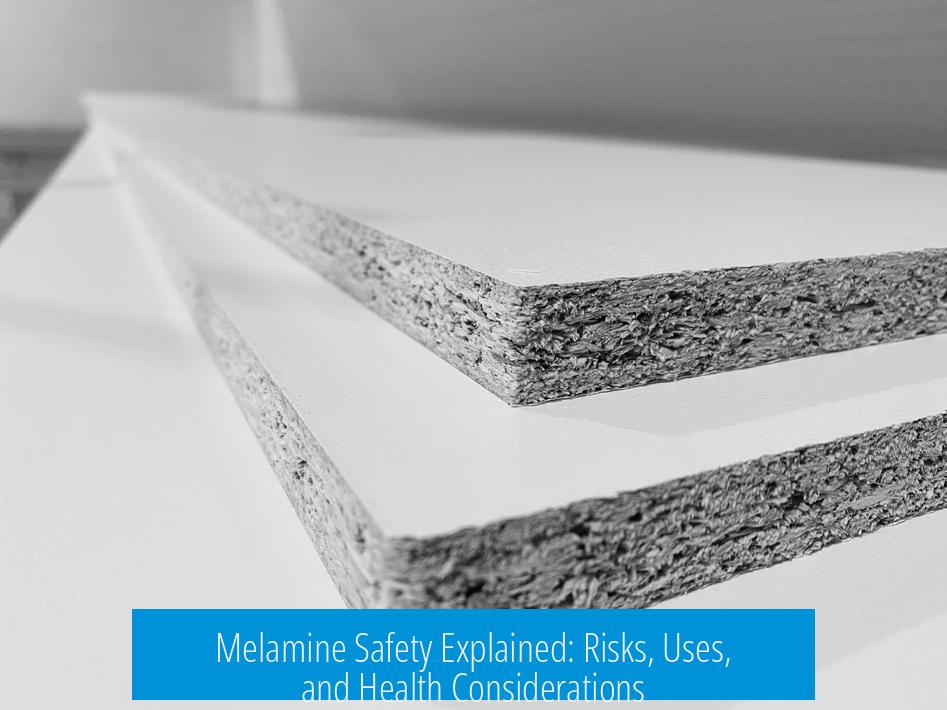


Leave a Comment